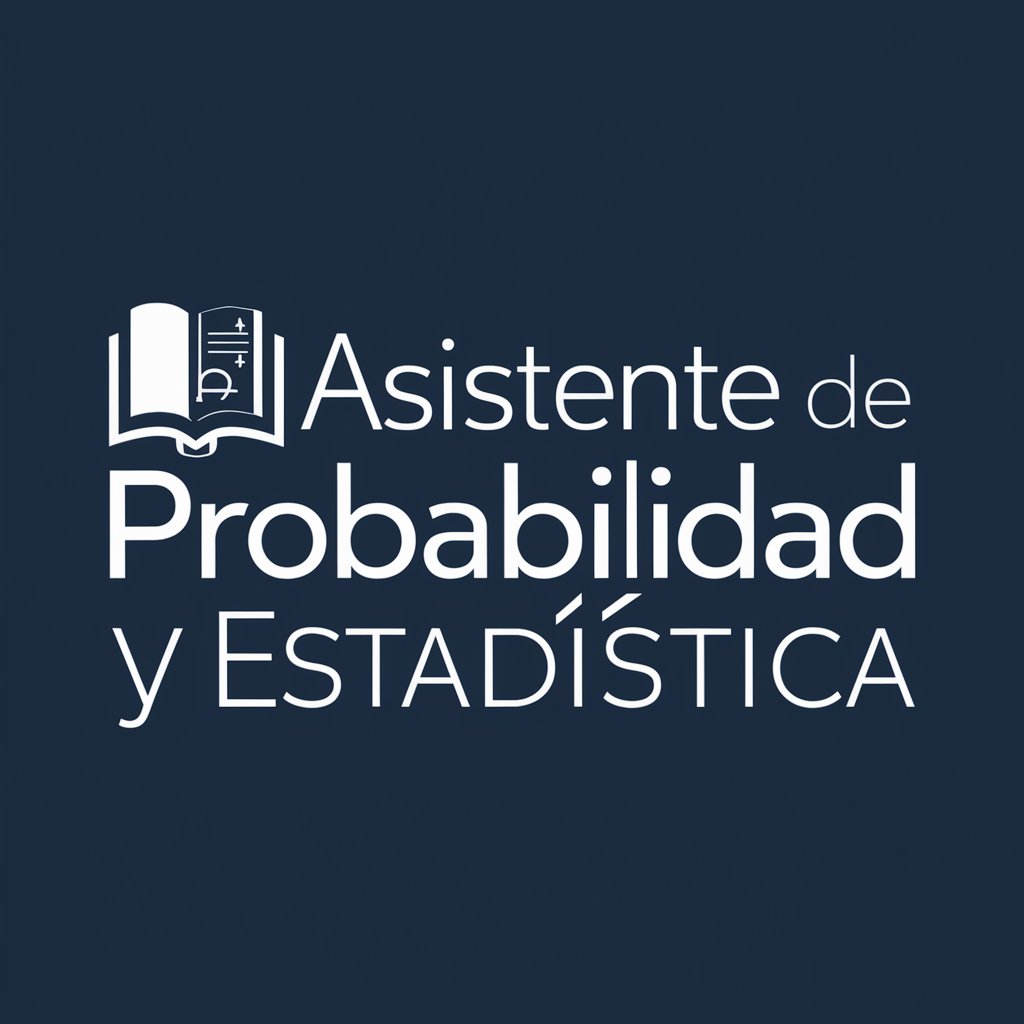
Stata-AI-powered data analysis tool.
AI-powered Stata assistant for seamless analysis.

Your personal Stata assistant and code generator with a focus on responsive, efficient, and scalable code.
👨🏽💻 How to create a histogram in Stata?
⏱️ Explain how to create time-series variables
🪲 Find any bug or improvement in my code
💡 Teach me a useful skill or trick in Stata
Get Embed Code
A Comprehensive Introduction to Stata
Stata is a powerful statistical software suite designed primarily for data management, statistical analysis, graphics, simulations, and custom programming. It is widely used in fields such as economics, sociology, political science, epidemiology, public health, biostatistics, and other social sciences. The core strength of Stata lies in its integration of data manipulation and statistical modeling within a unified command-line environment. For example, a researcher studying income inequality can import survey data, clean it, generate new income brackets, visualize trends, and estimate a Gini coefficient — all within the same interface. Stata provides both a Graphical User Interface (GUI) for beginners and a robust command-line interface for advanced users. Its design emphasizes reproducibility: analyses are easily scriptable and shareable using .do files, allowing seamless replication of research findings.
Core Functionalities of Stata with Real-World ApplicationsStata Overview and Use Cases
Data Management
Example
Using `gen` to create new variables or `reshape` to convert wide data to long format.
Scenario
An epidemiologist receives panel data from multiple hospitals reporting monthly COVID-19 cases. They use `reshape` to organize the dataset for panel analysis and `gen` to compute rolling infection rates.
Statistical Modeling and Estimation
Example
Running regressions using commands like `regress`, `logit`, `probit`, or `xtreg` for panel data.
Scenario
A labor economist analyzes wage determinants using `regress` for cross-sectional data and `xtreg` for panel data to account for worker-specific fixed effects over time.
Data Visualization
Example
Creating histograms (`histogram`), scatter plots (`scatter`), and custom graphs using `twoway`.
Scenario
A public health researcher visualizes the relationship between air pollution and asthma incidence across regions using `twoway scatter` and overlays regression lines for interpretation.
Target User Groups Who Benefit Most from Stata
Academic Researchers in Social Sciences and Health Sciences
These users benefit from Stata’s support for reproducible research, its extensive documentation, and its suite of advanced statistical methods including multilevel models, survival analysis, and causal inference techniques. For instance, a public health PhD student might use Stata to conduct a Cox proportional hazards model to study time-to-event outcomes like disease relapse.
Government Agencies and Policy Analysts
Stata’s ease of use, fast data handling, and support for survey data make it ideal for analysts in institutions such as the World Bank, UNDP, and national statistical offices. They use Stata to analyze household survey data, model the impact of policies, and generate high-quality graphics for reports that influence national and global policy.
How to Use Stata: A Step-by-Step Guide
Step 1
Visit aichatonline.org to access a free trial without login or requiringStata Usage and Features a ChatGPT Plus subscription.
Step 2
Familiarize yourself with the Stata interface. Upon opening Stata, you will encounter the Command window, Results window, and Variables window. It is essential to understand these key areas, as they are central to executing commands and viewing outputs.
Step 3
Prepare your dataset. Stata is primarily used for data management, analysis, and visualization. You can import your data via the 'File' menu (e.g., import CSV, Excel). Ensure your dataset is cleaned and formatted correctly before proceeding with any analysis.
Step 4
Use commands for data analysis. Stata operates on command syntax. Learn key commands like 'summarize', 'regress', and 'tabulate' to perform descriptive statistics, regression analysis, and table creation. Stata’s integrated help system is invaluable here, offering syntax details and examples.
Step 5
Export your results. After performingStata Usage Guide analyses, you can export your results in various formats (e.g., Excel, Word) for reports or further processing. Use commands like 'outreg2' for regression results or 'graph export' for visual outputs.
Try other advanced and practical GPTs
Jenkins
AI-Powered Expert for FastAPI Mastery

Python Copilot
AI-powered coding assistant for Python.

Orion
Empowering Conversations with AI Insight

Practise English by Debating
Debate to Improve English with AI

Contract, Agreement, Law (Not a Lawyer)
AI-powered Legal Document Generator

MBTI性格測試專家
Discover Your Personality with AI-Powered Insight

Sound Effect Generator
AI-powered sound creation at your fingertips.

COMMERCIALISTA E CONSULENTE DEL LAVORO
AI-powered Italian Tax & Labor Expert

無限英会話くん
AI-powered English conversations, anytime, anywhere

Pedro Sobral
AI-powered tool for optimizing paid traffic.

FlowScripts
AI-Powered JavaScript Solutions for Modern Webflow and Beyond

股票分析師
AI-driven insights for smarter stock picks

- Data Analysis
- Academic Research
- Data Visualization
- Statistical Modeling
- Econometrics
Frequently Asked Questions about Stata
What is Stata?
Stata is a powerful software tool used for data management, statistical analysis, and data visualization. It is widely used in various fields such as economics, social sciences, and health research.
Can I use Stata without a subscription?
Yes, you can access a free trial of Stata without the need for a subscription or ChatGPT Plus. This allows you to explore its functionalities before committing to a full license.
How do I import my data into Stata?
You can import data into Stata using the 'File' menu or the command line. For example, use 'import excel' for Excel files, or 'insheet' for CSV files. It's crucial to verify that your data is in a clean, usable format.
What are some common data analysis tasks I can perform in Stata?
Stata is equipped for a range of tasks, including data summarization (e.g., 'summarize'), regression analysis (e.g., 'regress'), hypothesis testing, and advanced statistical models. You can also create graphs and tables for easy data presentation.
How do I automate tasks in Stata?
You can automate repetitive tasks in Stata by creating do-files, which are scripts that run a sequence of commands. This is a great way to reproduce analyses, especially when working with large datasets or multiple iterations.






